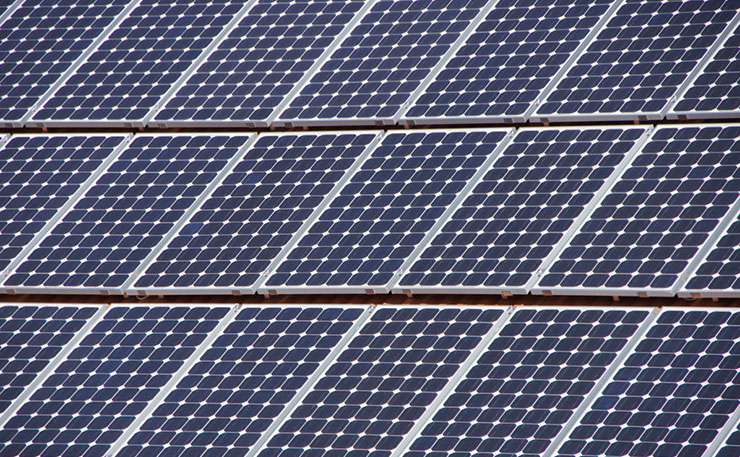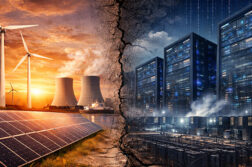Renewable energy advocate Terry Leach takes up the fight for an inexhaustible power supply.
Geoff Russell’s recent New Matilda article ‘Batteries and Bulldust’ makes the argument that renewable energy can’t displace fossil fuels due to the problems of the intermittency of renewable energy and the difficulty of storing electrical energy.
Russell compares the stupidity of Germany’s renewable push to France’s wisdom in generating most of their power from nuclear. Obviously, the superior governance, cheaper electricity and lack of inefficient subsidies results in France consistently outperforming Germany economically. Sadly for the French this isn’t true. Germany is the economic powerhouse of Europe.
Maybe, just maybe, the Germans aren’t ‘puddle shallow thinkers’. Problems of intermittency and storage of renewable energy are solvable, and the Germans are doing just that.
Despite our current government’s opposition, technological development and entrepreneurship means that Australia is well placed to solve those problems here.
Intermittent power
Firstly, intermittency. Our electricity network is well equipped to cope with intermittency, as it has been built to cope with intermittency of demand.
Demand fluctuates on daily, weekly and seasonal bases. We usually have a large proportion of our production capacity sitting idle, waiting for the high demand and price events that justify their economic existence.
Like Europe, we have a continental grid, stretching from North Queensland to the West Coast of South Australia. Excess low cost capacity can be sent interstate, which means that demand, and therefore price, is smoothed.
Currently we have cheap coal providing our base load capacity. Coal (like nuclear) can’t be ramped up and down quickly and has always needed to be supplemented by ‘dispatchable’ generation. This has historically been provided by gas and hydro.
Hydro is limited by the amount of water in the reservoirs. They have sophisticated systems to maximise the economic value of their water, releasing it at times of higher electricity prices. They are constrained not just by the amount of water in their reservoirs, but the need to maintain safe storage levels, the capacity of watercourses to cope with the flow and the needs of downstream users of water.
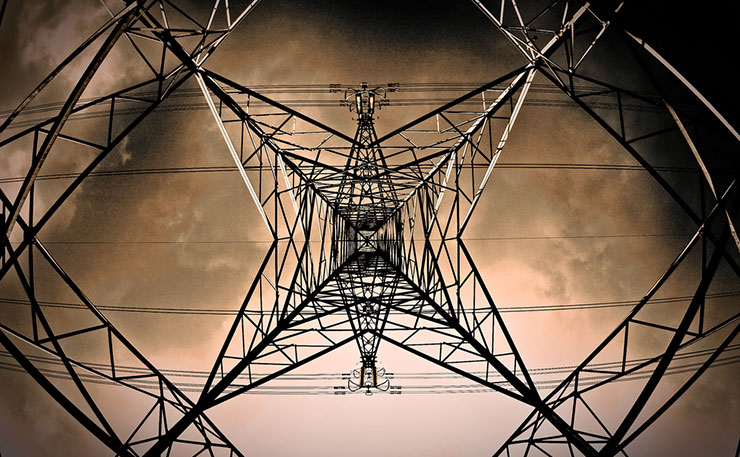
We also have a small amount of ‘pumped hydro’. When electricity prices are low (or negative) water is pumped to an uphill reservoir, to be used to generate electricity when demand and prices are high.
Gas has more flexibility, and is currently the ‘pinch hitter’, dispatching electricity on demand. Gas generators are the wholesale price setters, adding and withdrawing supply as required.
Wind and solar are opportunistic, generating electricity when the wind blows and the sun shines. All of their costs are fixed, the marginal cost of generation is nil. They displace other forms of electricity with the highest marginal costs, currently almost exclusively gas.
The scale of these two sources is such that we don’t yet have a need for large-scale storage, yet. But it’s not far away.
Given the political situation in Australia causing a large degree of regulatory risk, no-one is going to build the infrastructure or productive capacity for large-scale storage until the demand is imminent. Due to the recent Paris conference, we should be seeing that regulatory uncertainty abate just as wind and solar reaches a scale where we need to start planning to implement storage.
Solar energy and lithium batteries
Unlike Germany, Australia is a very good place to generate solar electricity. And unlike Germany, production of solar electricity is fairly closely matched with demand, both on a daily and seasonal basis. So most solar production won’t need to be stored.
Russell argues that storage isn’t feasible because lithium batteries are too expensive, we don’t have the factories and we don’t have enough lithium.
I’d pose three questions to Russell in response: Ten years ago, how expensive were solar PV panels? How many factories were producing them? What was the global production of silicon crystals?
While lithium is currently mined from salt lakes, there is an inexhaustible supply in our sea water. The cost of extracting it via that source will put a ceiling on the price of lithium. But there are very large reserves in salt lakes around the world.
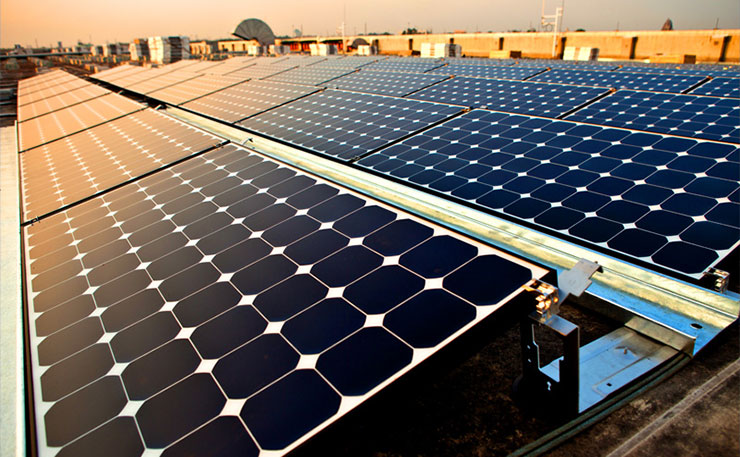
However, it is quite likely that lithium batteries will only be used for mobile purposes. While lightweight, they have thermal issues and degrade over time. They’re getting better, but they’re not perfect.
Where they will be very useful is in providing peak capacity (while we’re still connected to a grid). When we drive home on a hot afternoon and plug them into our homes, they’ll be discharging, not charging.
Later, wind or hydro will see them charged as demand and price comes down.
Other battery technologies are being developed. Simon Hackett (the founder of Internode, another ‘puddle shallow thinker’) has just invested a significant fraction of his fortune in Redflow, a developer of nickel bromine flow batteries. Unlike lithium, these batteries have no thermal issues and can be fully discharged without any degradation of capacity. The only thing that can go wrong with them is a pump failing. Replace the pump and the battery is like new again. Due to weight and chemical engineering issues they’re not suitable for mobile uses.
The numbers
So let’s do the maths. We currently spend about $6 billion each year on the grid that services the National Electricity Market with 9 million customers. That’s $666 per customer. Most of that cost is about meeting peak demand. So when batteries that last 5 years drop to about $3,300 to meet the storage needs of the average customer, the grid (in its current form) becomes uneconomic.
So battery prices need to reduce by about 55 per cent from the current $7150 quoted by Russell. To put that in context, solar panels reduced in price by 60 per cent between 2011 and 2014.
In a few short years, giga-battery factories are going to be springing up just as quickly as coal mines and oil refineries are shutting down.
How to charge
But how to charge those batteries? My household uses about 10 KWH (kilowatt hours) per day in winter. While a 10KW solar system will produce on average 42 KWH per day, it will still produce 10 KWH on the most miserable of winter days, even on a south facing roof. I can fit over 15 KWs of panels on my small house.
I can buy enough solar panels to provide my own electricity for the next 25 years for $10,000, today. And as long as the grid survives, those panels would feed in three times as much energy as I use.
What about hydro?
Russell also criticises pumped hydro, saying that you need to flood high mountain valleys. Firstly, pumped hydro dams are small. Conventional hydro needs to store 6 months or more supply of water to get through the dry months. Pumped hydro needs at most a few days’ supply.
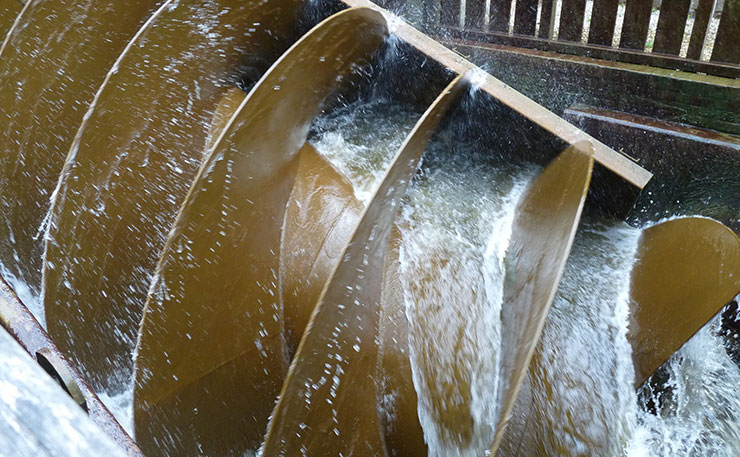
And you don’t need a high mountain valley. You can build ‘turkey nest’ dams near the sea. There are also many suitable sites dotted around the countryside, as they don’t need to be huge pieces of infrastructure.
Currently there is a feasibility study underway to covert two abandoned mine pits near Townsville into a pumped hydro facility.
Hydrogen as fuel
Due to the hype over Tesla, we’re very aware of lithium batteries. But Japanese auto manufacturers (more noted puddle shallow thinkers) are still betting on hydrogen fuel cells. Their main problem is that they don’t have an abundance of renewable energy to generate hydrogen, and for various reasons they’re not keen on nuclear. So they’re looking at buying our renewable energy.
But hydrogen is difficult to compress and expensive to ship. To transport it they’re looking at using electricity here to produce ammonia which will be shipped to Japan, and then converted into hydrogen (fuel) and nitrogen (inert and released into the atmosphere).
The future
Our energy systems are changing rapidly, and the future direction of that change isn’t completely clear. But the high cost of the grid and the plummeting costs of solar power and storage will mean that distributed energy demand will be met by distributed energy supply. And we’re not about to get micro nuclear power plants.
I’m not opposed to nuclear energy for environmental, health, safety or security reasons. I don’t advocate for the closure of existing nuclear power plants.
But I am convinced that the economics of new nuclear power doesn’t stack up. And we’ve got much more important things to do (like exposing the well-funded lies of some in the fossil fuel industry and planning for a much different and smaller grid), than arguing with well-intentioned but intellectually conceited proponents of nuclear energy.

Donate To New Matilda
New Matilda is a small, independent media outlet. We survive through reader contributions, and never losing a lawsuit. If you got something from this article, giving something back helps us to continue speaking truth to power. Every little bit counts.

